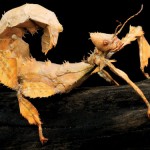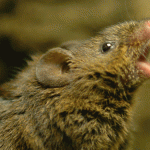Pathogens and thyroid disorders might be the culprits behind a new disease that is threatening penguins.
Featherless penguins are being born in both sides of the South Atlantic and scientists are desperately trying to find an explanation. In 2006 researchers for the South African Foundation for the Conservation of the Coastal Birds observed that 59% of the penguin chicks at the facility lost their feathers. A similar pattern was found two years later in Megallanic penguin chicks along the Argentinean coastline.
The condition, known as feather-loss disorder, affects penguins in different ways. Featherless penguins take longer to grow and tend to be smaller in size probably due to the extra energy they need for thermoregulation.
Featherless penguins stay longer basking in midday sun (feathered penguins seek shade) and are vulnerable to environmental threats and diseases. Many of them die.
Researchers from the Wildlife Conservation Society (WCS) and the University of Washington, among others, are trying to find a clue to the mystery. “Feather-loss disorders are uncommon in most bird species, and we need to conduct further study to determine the cause of the disorder and if this is spreading to other penguin species,” said P. Dee Boersma, researcher at WCS, on the press release.
“We need to learn how to stop the spread of feather-loss disorder, as penguins already have problems with oil pollution and climate variation,” said Boersma. “It’s important to keep disease from being added to the list of threats they face.”







